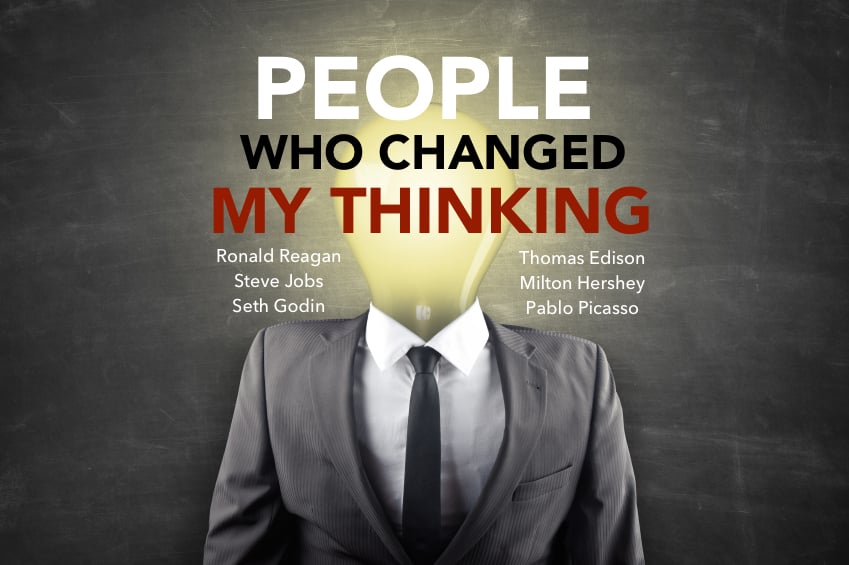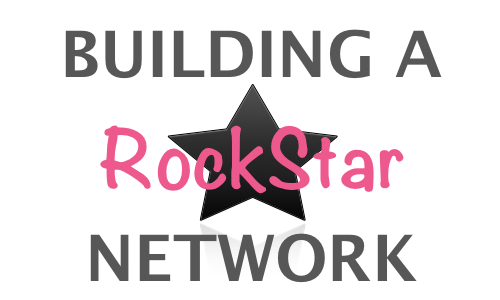In the late 90s, I spent the first part of my career as a consultant. A good consultant solved problems, grew value for the client company and developed solutions that companies couldn't otherwise do internally. As consultants we were masters in the art of reuse. Create one solution for one business unit and then resell it to another. Mine, find, and create stuff that could be leveraged across a company and even across industries.
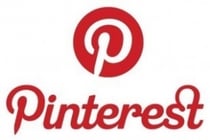 The consulting business model, relied on and exploited information asymmetry – the fact that we knew more than our clients knew. Daniel Pink covers this in his book (and one of my favorites), To Sell is Human.
The consulting business model, relied on and exploited information asymmetry – the fact that we knew more than our clients knew. Daniel Pink covers this in his book (and one of my favorites), To Sell is Human.
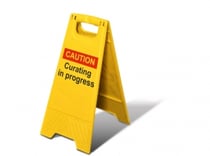
When people ask me what I do, I tell them I connect information and people to create clarity and superb results. Most global corporations are complex. They are chock full of intellectual capital that is disjointed, yet likely to become very valuable if well orchestrated and connected. And just like these companies, the world has become bloated with information thanks to Google and IDevices. People are overwhelmed with the amount of content they have and need help connecting to relevant sources and sorting through it.
In the new world, according to Daniel, we need to become information curators.
My experience in curating involves three steps: finding, connecting and helping.
1. Finding the stuff . When I'm exploring for people and their great intellectual art, I use whatever means necessary. Building 1:1 relationships allow me to draw meaningful patterns and connections between work and people. Finding information isn't easy in a big company. Oddly one skill I developed naturally was calendar surfing. You can find out a lot about decision making, especially in a virtual work environment if you are connected with your colleagues calendars. Providing visibility into your own calendar helps people so they can connect with you, too.
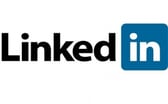
2. Connecting the stuff. After moving from Shell to, BP, I found using LinkedIn helped me accelerate my connectivity to people, their work and processes. However, this is a space where administrative assistants should become your best friends...all of them. You cannot know enough admins! They are special people who connect you to processes people, and tools. They are the heart of every company, unsung heroes who know everything...the good, bad, and the ugly. They can close or open an executive's door and put your name to the top or bottom of the pile.
3. Helping people sort through the stuff to create something better. Daniel calls this clarity. Instead of being a problem-solver, he says become a problem-finder that can sort through massive amounts of information to ask the right questions and uncover challenges your customers don't know they have. This is the hardest part of curating information.
Do you have a Pinterest account? Ever created a board of stuff and share it with others? Welcome to the club, my friend, you're on your way to practicing the art of reuse and curating information.
Now give it a try in the workplace!

